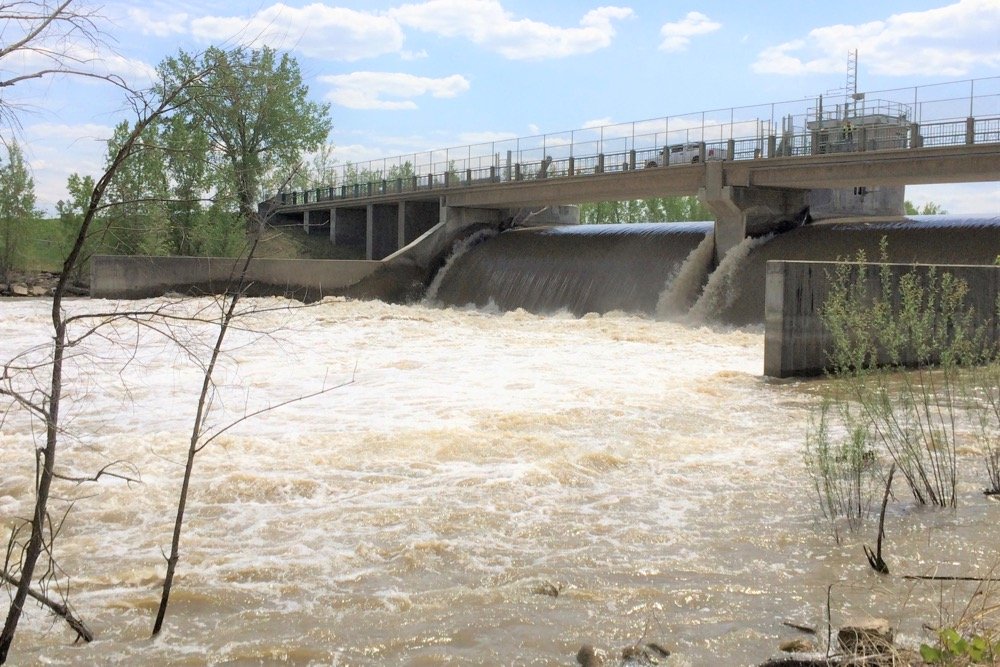MarketsFarm — Manitoba has issued its spring thaw forecast of 2020 — with high water levels coming for the Red River.
That’s due to significant soil moisture levels left over from the fall and above-normal snow levels in the river’s U.S. watershed.
“Our focus is currently on the Red River, where we are expecting a significant inflow of water from the northern United States, but with favourable weather conditions in Manitoba, we would expect high water levels similar to last spring,” provincial Infrastructure Minister Ron Schuler said in a statement.
Read Also

Fifty-six per cent chance of more stable, ENSO neutral weather conditions in late summer and fall U.S. forecasters say
More stable weather due to El Niño-Southern Oscillation (ENSO) neutral conditions are likely in the Northern Hemisphere summer of 2025, with a 56 per cent chance in August-October, the U.S. Climate Prediction Center said.
That would mean Highway 75, the primary highway for truck traffic between Winnipeg and the U.S. border, is likely to remain open this spring between Emerson and Winnipeg.
That would also result in the Red River Floodway around Winnipeg being put into operation for the 34th time in its 51 years.
Should southern Manitoba receive normal weather conditions, the flood risk increases to levels similar to that in 2011, according to a report from the province’s Hydrological Forecast Centre. If the weather is unfavourable, the risk would probably result in flooding comparable to 2009.
The province has also forecast moderate flooding on the Pembina and Roseau Rivers, which empty into the Red.
Further to the west, the flood forecast is not as severe, due to less snow.
“The Assiniboine River basin and other rivers are expected to remain mostly in bank, with possible over-bank high water covering agricultural land,” Schuler said.
In a favourable weather situation, water levels on the Assiniboine would be equivalent to those in 2018 and 2019, according to the hydrological forecast.
With normal weather, that risk increases to water levels experienced in 2014 and 2016. If there are unfavourable conditions, flood levels seen in 1995 and 2013 would be expected.
The province expects to use the Portage Diversion for the 38th time in 50 years in order to reduce the chances of ice jamming in the lower section of the Assiniboine, between Portage la Prairie and Winnipeg.
Forecasters also said there is a low risk of flooding in the province’s Interlake region, between Lake Winnipeg and Lake Manitoba, but the threat of ice jams on the Fisher and Icelandic Rivers remains high.
To mitigate that threat, the province said it plans to redeploy its Amphibex icebreaking equipment to those rivers, once their work on the Red River north of Selkirk is completed.
In eastern Manitoba, despite high moisture levels in the fall, the threat of flooding is low, as the snowpack has been below normal.
In northern Manitoba, around The Pas, flooding on the Saskatchewan River was forecast to be low.
— Glen Hallick reports for MarketsFarm from Winnipeg.















